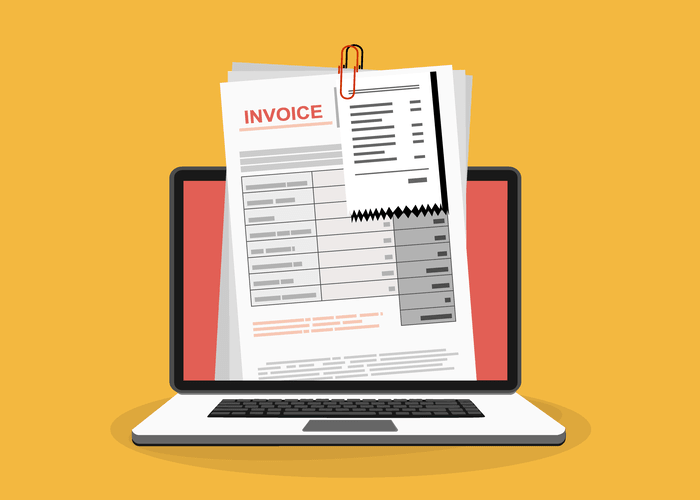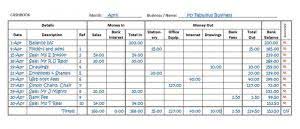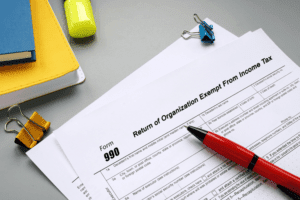
Now, between 85% and 95% of the activity level, its semi-variable expenses increase by 10%, and above 95% of the activity level, they grow by 20%. Prepare a flexible budget for the a flexible budget may be prepared three scenarios wherein the activity levels are 80%, 90%, and 100%. Flexible budgets take into account how changes in activity affect costs. A flexible budget makes it easy to estimate what costs should be for any level of activity within a specified range.

A Flexible Budget May Be Prepared
- To conclude, a flexible budget is more useful, elastic and practical.
- Sales activity can be measured in sales revenue, units sold, projects completed, or anything else that’s an indicator of sales volume.
- The concept of a relevant range is important when considering cost behavior.
- With that increase in customer base, of course, more staffing was required, staff worked longer hours, and store maintenance costs increased.
- If these budgets are used, in turn, to shape the next year’s financial picture, misleading data can only produce misleading predictions.
Additionally, flexible budgets have a lack of accountability to some degree since they are so fluid and open to change. With a flexible budget model, if your demand suddenly triples, your cost of goods sold (COGS) can be adjusted by a predetermined percentage ensuring that you have the cash to fill these orders. Thus, if the actual expenses exceed $8,880 by $X in the month with an 80% activity level, it would mean that the company has not saved any money but has overspent $X more than the budgeted amount. The advanced budget, on the contrary, takes into consideration the expected variations and ranges of differences in expenses to be incurred. This type of budget is open to changes based on the variations in the actual cost of the different categories of expenses. Budgetary control is the comparison of the actual results against the budget.
- The production budget lists the number of units that must be produced to satisfy sales needs and to provide for the desired ending inventory.
- By incorporating variable costs that vary with activity levels, such as direct materials and direct labor, a flexible budget provides a more realistic estimate of expenses.
- Fixed Budget is based on the assumption that the volume of output and sales can be anticipated with a fair degree of accuracy.
- Separation of duties simply means that an individual should not have control over the transactions in the company.
- Thus, the production budget is prepared after the sales budget.
How to Choose the Right Budget for Your Business

The preparation of functional budgets will be a useless job unless the requisite amount of cash is made available to implement them. A budget that is established for accounting use over a short period and is related to the current conditions is called the Current Budget. This budget is adjusted to the current conditions prevailing in the business.
Production Budget
Flexible budget provides a logical comparison of budgeted allowances with the actual cost i.e., a comparison with like basis. Starting a nonprofit can be a fulfilling way to make a difference in the community, but it requires careful planning and consideration. Here are key points to consider before embarking on the journey… Perfectly inelastic demand is demand where there is no change in the quantity demanded regardless Oil And Gas Accounting of changes in price. If the absolute value of price elasticity is greater than one, it means demand is elastic. Elastic demand means that quantity demanded is sensitive to price changes.

Flexible Budgets and Sustainability
The changes made in the flexible budget would then be compared to what actually occurs to result in more realistic and representative variance. This ability to change the budget also makes it easier to pinpoint who is responsible if a revenue or cost target is missed. The construction of a flexible budget relies on understanding how different costs behave in relation to activity levels. Costs are typically categorized into variable costs, fixed costs, and sometimes semi-variable costs. Variable costs change in direct proportion to the level of activity; for instance, the cost of raw materials increases as more units are produced. Creating a flexible budget involves several conceptual steps to ensure it accurately reflects expected costs and revenues at various activity levels.
After the operating period only.

However, it requires more time and effort to create and maintain, as it needs to be adjusted frequently based on actual results. In contrast to a static budget, a flexible budget is designed to adjust to changes in the level of activity. It is based on a range of possible outcomes and adjusts to actual results achieved during the budget period.
- Unlike a static budget, which remains constant regardless of these fluctuations, a flexible budget recalculates revenue and expenses based on the achieved level of activity.
- The flexible budget is re-calculated using the actual level of activity achieved, providing a relevant benchmark for evaluation.
- A flexible budget fundamentally differs from a static budget by its ability to adapt to varying levels of activity.
- The level of activity depends upon the availability of such a factor of production.
- Layered on top of that is a flexible budget system allowing for variable costs to fluctuate based on sales performance.
- A flexible budget is very useful for purposes of budgetary control because it corresponds with changes in the level of activity.
- Examples include rent for a factory or administrative salaries, which do not fluctuate with minor changes in production volume.
A flexible budget may be prepared:
They have a fixed component that is constant and a variable component that changes with activity. An example could be utility expenses, which might have a base charge (fixed) plus a charge that varies with usage (variable). Identifying and separating these cost behaviors is fundamental to accurately flexing the budget. This is calculated by dividing the total variable cost by the total number of units of the activity measure. For example, if direct materials cost $5,000 to produce 1,000 units, the variable cost per unit is $5. This per-unit cost remains constant within the relevant range, providing a consistent basis for calculation.